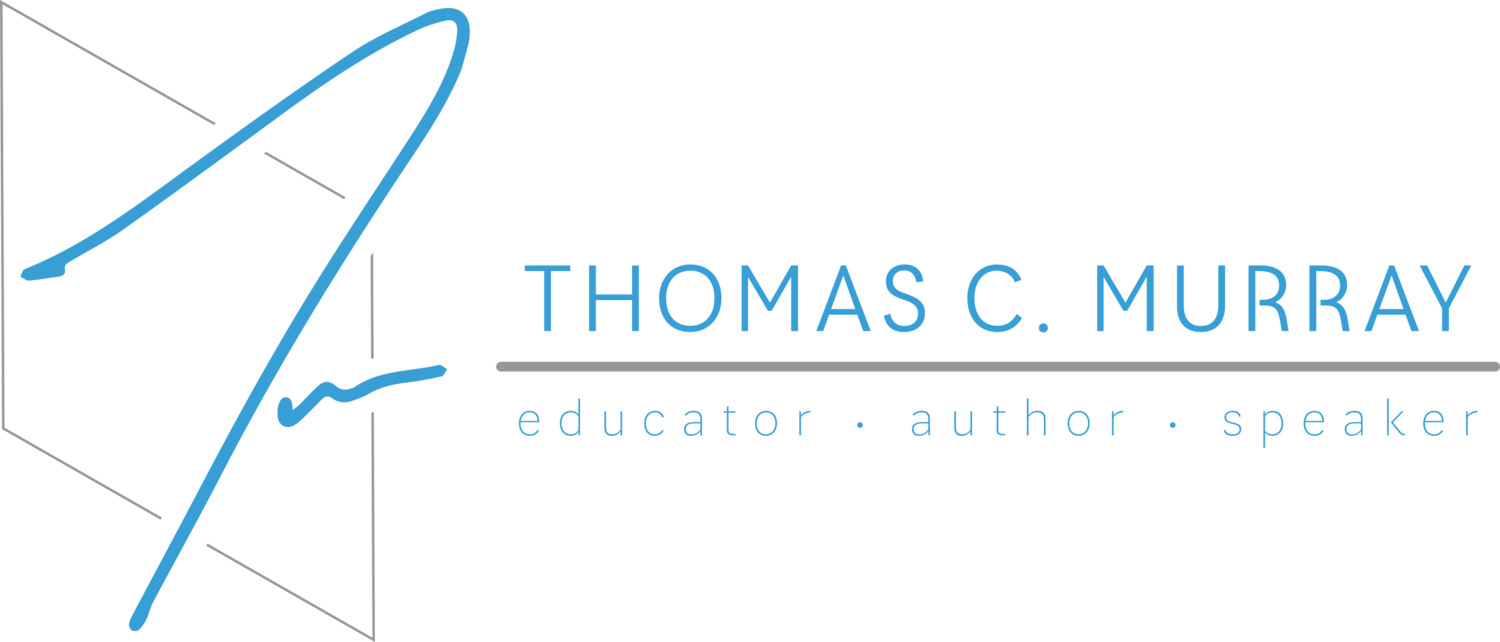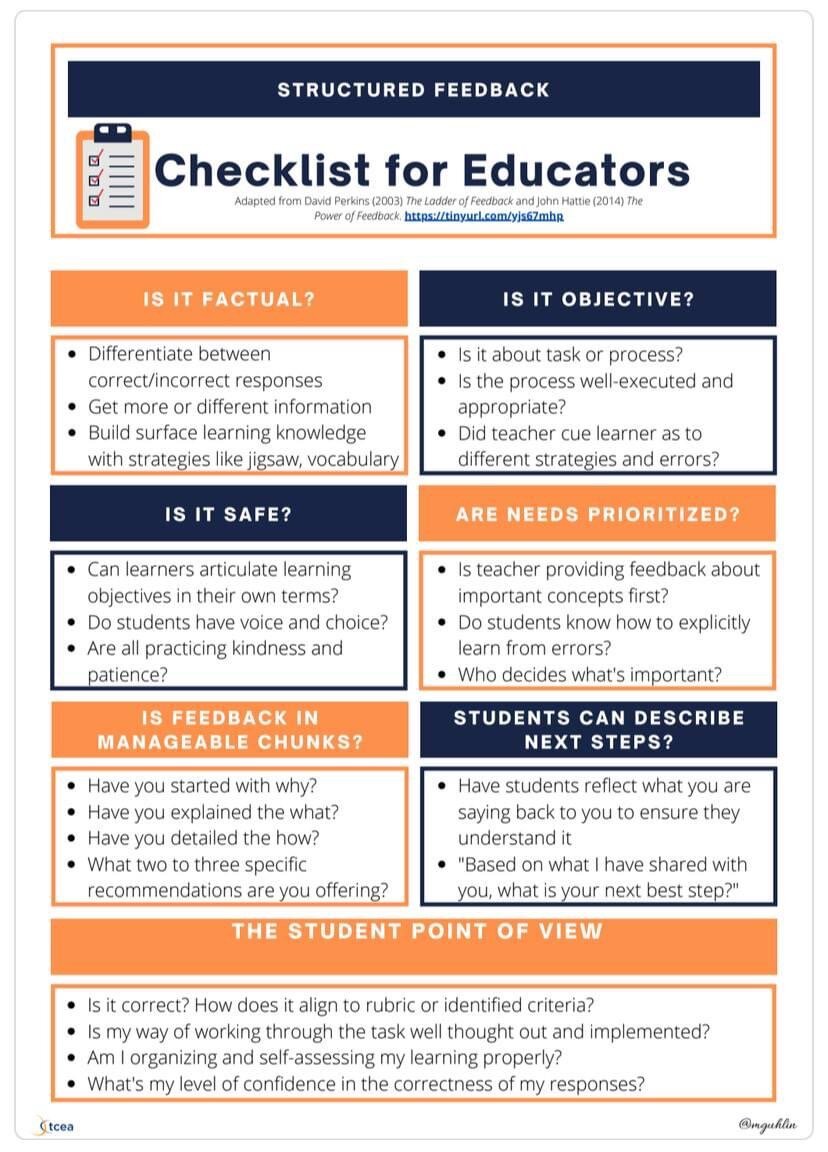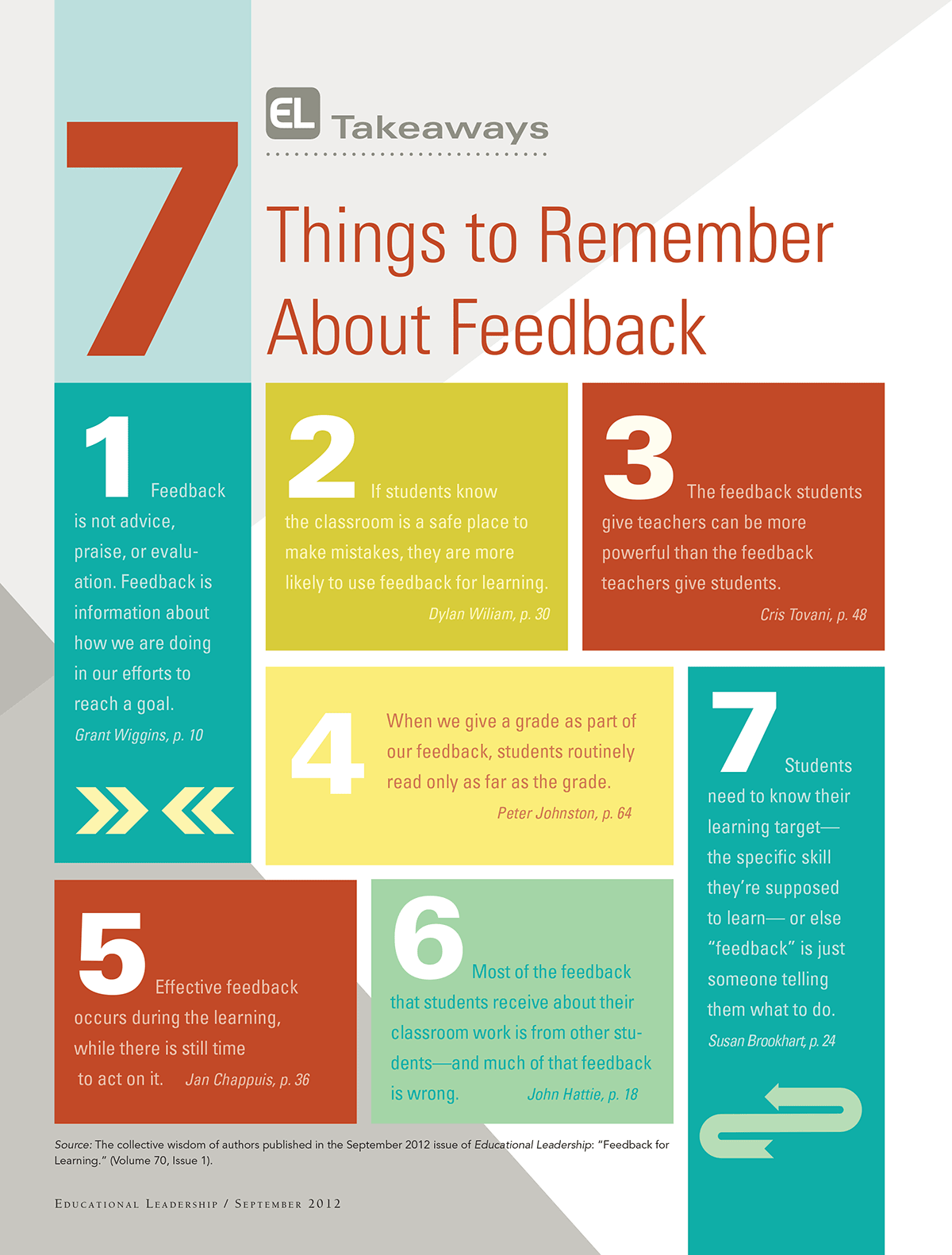
Chapter 5: Designing Personal & Authentic Learning Experiences
In Chapter 5, we’ll move from envision personal and authentic experiences to designing them for our students. These experiences in the classroom can happen in many different ways, some of which we’ll explore in this chapter. These include social-emotional learning, cultural responsiveness, moments of awe, relevant and contextualized learning, leveraging our students’ interests, passions, and strengths, opportunities to create and design, flexibility in pace and path, and utilizing authentic feedback. My hope is that this chapter outlines practical ways to support each student as a valued individual on his/her journey.
Stop & Reflect / Study Guide Questions
Think of a student you’ve had who struggled because his/her basic life needs weren’t being met. How did you support him/her?
Tom shares some recent statistics around mental health and suicide, showing the obvious need for social-emotional learning. Without breaking confidentiality, upon reading that section, describe a child that was on your heart? What structures of support are/were in place for him/her?
What moments of awe occur in your classroom or school? How do the learners respond? Which ones do they remember years later?
In discussing relevant and contextualized learning, Tom poses the following two questions:
“What is the best professional learning experience that you’ve ever had and why?”
“What is the worst professional learning experience that you’ve ever had and why?”
How would you answer those two questions?
What experiences happen in your classroom or school that are relevant and contextualized? How do you know? What would your students say?
Tom shares a personal analogy in how his son and daughter, Caden and Paisley, are complete opposites in so many ways. If you are a parent, can you relate? As a teacher, have you ever taught siblings who are completely different? What have these experiences taught you?
Where in your classroom or school are students able to follow their interests, passions, and strengths? Are these experiences the norm or the exception?
What does consumption look like in your classroom or school? How is this information most often built upon for deeper levels of learning to occur?
In what ways do you leverage technology to promote a flexible path and pace?
What type of real-world learning experiences occur in your classroom or school?
Tom describes feedback-related experiences that many of us can relate to; the checkmark at the top of the page, the “Nice work!” written after hours of work completed, etc. When is a time that this type of experience happened to you? What feelings did you have as part of the experience?
What types of feedback do you give your students or staff that is most meaningful? What evidence do you have?
#AuthenticEDU CallOuts
Download the callout quotes from this chapter and use them as part of your book study, team discussion, upcoming presentation, to share on social media, or in any way that can support you as an educator!
Related #LeadershipMinutes
Additional Resources to Support Your Personal & Authentic Journey
Great Resources:
- Authentic Learning Matrix (Learner-Centered Collaborative)
- 21 Ways to Personalize Learning (Learner-Centered Collaborative)
- Personalized Learning Strategies (Learner-Centered Collaborative)
- Authentic Learning Strategies (Learner-Centered Collaborative)
- Learning Walk Look Fors (Learner-Centered Collaborative)
Social-Emotional Learning (SEL):
- Leading with SEL Toolkit (CASEL)
- Core SEL Competencies | SEL In Action (CASEL)
- Program: Harmony SEL (K-8)
- Research: via Harmony Inspire
- Tool: Harmony Storybooks
- Tool: Game Room
- Self-Compassion and Emotion Regulation for Educators (Harmony)
- Understanding the Brain to Get to the Heart of SEL (Harmony)
- Affirming Difference and Valuing Background Knowledge (Harmony)
- Creating Multi-Sensory Experiences to Improve Memory Retention (Harmony)
- 5 Quick Ways to Integrate SEL into the Middle School Classroom (Edutopia)
- 4 (SEL) Elementary School Strategies that Work in High School (Edutopia)
- Tried & True Resources to Teach Teens About Empathy (Edutopia)
- Stories of Well-Being, Connection, and Equity in Schools (West Ed)
- SEL in Digital Life (Common Sense Education)
- Social and Emotional Learning for Educators MOOC (Friday Institute)
- What Does Evidence-Based Instruction in Social and Emotional Learning Actually Look Like in Practice? (CASEL)
- SEL as a Lever for Equity (CASEL)
- Why We Can’t Afford Whitewash Social-Emotional Learning (ASCD)
- Resources for Social-Emotional Learning (Common Sense Education)
- Social Emotional Learning: A Teacher’s Eye View (Education First)
- 25 Resources for Social-Emotional Learning (TeachThought)
- SEL: The Magic of Circle Talk (Concordia University)
- Engaging Families in Social Emotional Learning (Concordia University)
- Incorporating SEL as a New Teacher (Edutopia)
- 4 Simple SEL Strategies for Beginning (or Ending) Any Lesson (Cornerstone for Teachers)
Cultural Relevance:
- Culturally Responsive Education: Evidence to Influence Practice (Digital Promise)
- Five Activities to Promote Diversity in the Classroom (Purdue Global)
- Essential Strategies for Inclusive Teaching (ASCD)
- TED Talks to Help You Understand Racism in America (TED)
- Culturally Responsive Sustaining CS Education: A Framework (Kapor Center)
- Critical Practices for Anti-Bias Education (Teaching Tolerance)
- Story Corps on Racism (Story Corps)
- Anti-Racism Resources for White People (Compiled by Sarah Flicker & Alyssa Klein)
- Five Culturally-Responsive Instructional Strategies (TCEA)
- The Power of Protocols for Equity (Zaretta Hammond)
- Critical Practices for Anti-bias Education: Classroom Culture - Lesson Sample (Teaching Tolerance)
- Using Culturally Responsive Lessons to Boost Engagement (Edutopia)
- Critical Practices for Anti-bias Education: Teacher Leadership - Activity Sample (Teaching Tolerance)
- How White Parents Can talk to Their Kids About Race (NPR)
- Home Visits (Teaching Tolerance)
- Three Principles for Culturally Relevant Teaching (EdWeek)
- Black History Month: Teaching the Complete History (Learning for Justice)
- [Books] Culturally Responsive Teaching and The Brain (Zaretta Hammond), How to Be an Anti-Racist (Kendi), & White Fragility (Robin Diangelo)
Anti-Racism Resources:
- 15 Classroom Resources for Discussing Racism, Policing, and Protest (EdWeek)
- 31 Children’s books to support conversations on race, racism and resistance (embracerace)
- Anti-Racism Resource List (Flicker and Klein)
- 75 Things White People Can Do for Social Justice (Shutack)
- What Anti-Racist Teachers Do Differently (The Atlantic)
- 40+ Books for Anti-Racist Teachers (Joe Truss)
- 15 Kid-Friendly Movies to Help Build a Conversation About Race and Racism (Women’sDay)
- Antiracist Reading Recs (Loyalty Bookstores)
- 7 Anti-Racist Books Recommended by Educators & Activists (the Strategist)
- Resources for Talking About Race, Racism and Racialized Violence with Kids (Center for Racial Justice in Education)
Moments of Awe:
- Teaching Curiosity Through Responding with Wonderment and Awe (ASCD)
Relevant & Contextualized:
- New Research Makes a Powerful Case for PBL (Edutopia)
- Harnessing Students’ Curiosity to Drive Learning (Edutopia)
- How To Make Learning Relevant To Your Students (And Why It’s Crucial To Their Success) (InformED)
- 4 Useful Questions for Providing Relevant Learning Connections (Wabisabi Learning)
- 9 Ways to Make Student Work Authentic (Getting Smart)
- Relevance for Learning and Motivation in Education (Albrecht & Karabenick)
- Using Project-Based Learning to Immerse Students in Their Community (Edutopia)
- [Research] Expecting to Teach Affects Learning During Study of Expository Texts (APA PsycNet)
Authentic Feedback:
- 7 Key Characteristics Of Better Learning Feedback (TeachThought)
- Teaching Kids to Give and Receive Quality Feedback (Edutopia)
- The Guide to Assessments, for Non-Assessment Experts (DQC)
Additional #LeadershipMinutes:
- Diverse & High Quality Literature with Josh Stumpenhorst
- What are Those Moments?
Author’s Note: The resources contained within this page are not intended to be an exhaustive list, but are intended to provide conversation starters, pre-reading/watching, and inspiration on your journey. If you have additional suggestions, please share them so that they can be included for the benefit of others.
#AuthenticEDU







